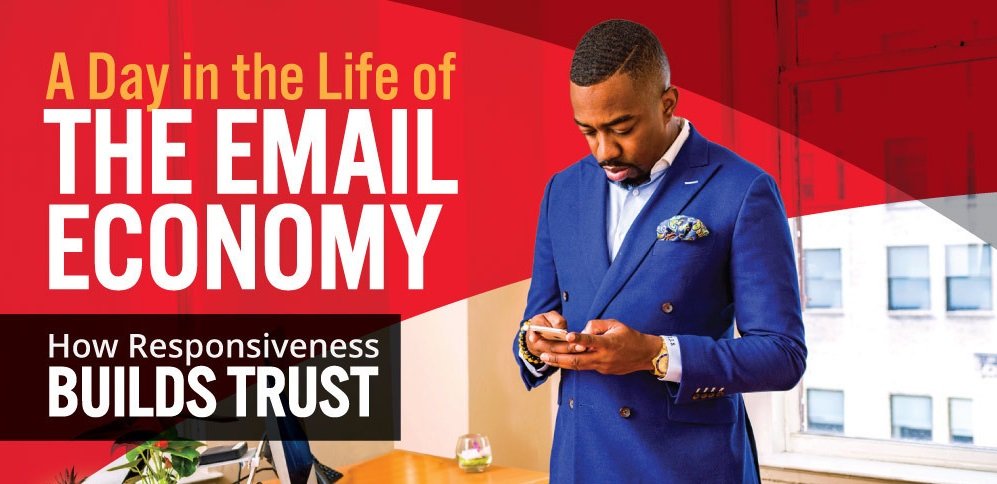According to many news outlets, including Forbes, The Telegraph, and The Wall Street Journal, email’s use has gone down drastically. But the data tells a different story; it is estimated that by 2022, 126.7 trillion emails will be sent. In 2017, 90% of all Americans of all ages, from 15 all the way to 65 and up, checked their emails regularly. Even Gen Z checks their email – and quite often too as more than half check their emails several times each day. So in the end, email is alive and well and is still commonly used for personal and business applications.
Out of all emails received, 35% require a response from the person it was sent to and only 23% of all emails require an immediate response. Yet in spite of this, the average response time for sales leads is an astounding 42 hours. This shorter expected response time isn’t just the younger generations either – 1 out of every 3 GenX and Boomers expect a response in less than an hour. When you take a long time to respond to an email that can say a lot to your potential customer. They can feel frustrated or annoyed if you don’t live up to their expectations. Your possible client could also zone in on nonverbal clues. Leaving a client’s email unread can have many bad effects on business with them and others in the future. Companies that acknowledge this and respond to inquiries within 1 hour are 7 times more successful than those who take 2 hours and 60 times more successful than those who take 24+ hours. Responsiveness builds repeat business as 80% of Americans say speed, convenience, knowledgeable help, and friendly service are the essential elements of positive client experience.
Find out how to get your and your employees’ email response times faster and helpful tips along the way here:


